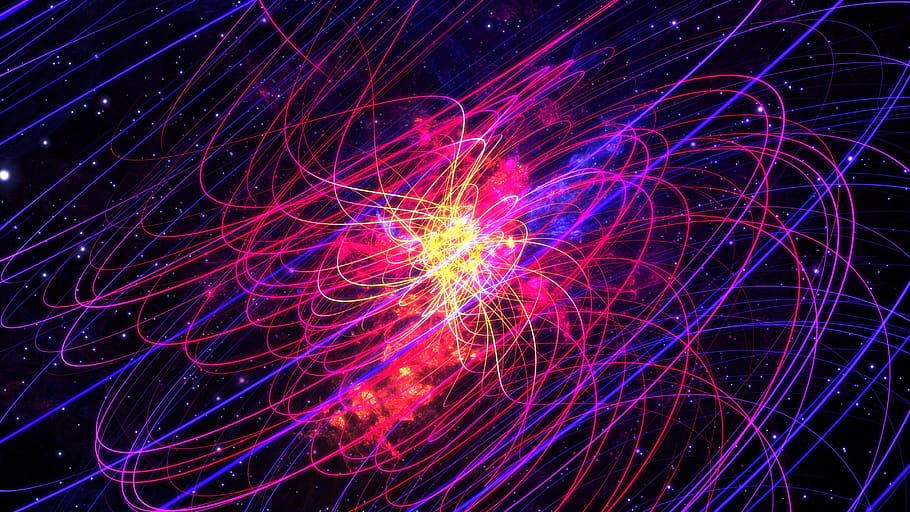Human understanding of the universe is not extensive. What is known, specifically at the atomic level, would not be possible without the use of neutrinos. Known as “ghost particles,” neutrinos are the most abundant particles in the universe, even more so than electrons. While that might be the case, they are extremely difficult to find and study because of their ability to pass through matter undetected. They also do not interact with atoms as frequently as electrons do.
In fact, neutrinos harmlessly pass through our bodies every second that sunlight is available. The sun is the largest source of neutrinos, born during nuclear fusion when atomic nuclei break apart or come together. Neutrinos are especially important when it comes to the investigation of protons. The laboratory of Steven Chu, a professor of physics at the University of Rochester, realized that neutrinos could be used to measure the size and shape of protons making up various nuclei. They describe it as “using a ghost ruler to make a measurement.”
“neutrinos [can] be used to measure the size and shape of protons making up various nuclei”
These beams of neutrinos provide a view of protons that has never before been seen. A particular point that Chu and his team clarified was that the neutrino beam is no more accurate than a beam of electrons; it is just an accessible method of gaining new information. A comparison can be made to looking at a flower in visible light versus ultraviolet light in which you can visualize different structures under different types of light.
But how does this stream work? There are different kinds of neutrino detector experiments through Fermilab; namely the Deep Underground Neutrino Experiment (DUNE), ICARUS, and T2K. This investigation gets its name from the fact that it harnesses neutrino decay in a large tube that travels over 1,300 kilometers deep within the Earth’s crust. The beam travels from a source detector under one facility and through the pipe until it reaches a proton accelerator at another facility location.
The hope is that these neutrino streams will demonstrate the isolated interaction between neutrinos and protons. Until now, there has been difficulty isolating protons because the interaction between neutrinos and the atomic nucleus includes both protons and neutrons.
“how can the beam force neutrinos to pass through an abundant mass of protons?”
While this new method of proton identification works in theory, there are many obstacles that have yet to be overcome. For example, very rarely is there an interaction between two neutrinos, even with the trillions that pass through the human body every second. So the question becomes, how can the beam force neutrinos to pass through an abundant mass of protons? It turns out that the answer lies in hydrogen atoms, which contain no neutrons and only one proton and electron.
Hydrogen atoms on their own do not do enough though, largely as a result of their incredibly small size and lack of density for any kind of neutrino interaction. However, scientists figured out that by binding hydrogen to hydrocarbon molecules, the detector can sense subatomic particles. The detector was made by the Main Injector Neutrino ExpeRiment to study v-A Interactions (MINERvA), a subdivision of Fermilab. It is composed of carbon and hydrogen atoms which can be negated so the results are solely the interaction between the neutrinos and the single proton of the hydrogen atom.
“These beams of neutrinos provide a different view of protons that has never before been seen”
Over the course of nine years, the detector was successful in its approach to uncover new information about the interactions of protons. The success of the detector was attributed to the experts in the field who thoroughly navigated the theory-based physics involved to come up with a detection solution which was not perceived to be possible at the time. The results of the research provide information about all matter composing the universe and also predict neutrino interactions for further experiments.
While the conclusive results of Fermilab will not necessarily further human understanding of the universe in any major way, it is a step forward in how technology meets physics theory. The hope is that one day, the origins of matter, proton decay, or even the formation of black holes will be known. Perhaps all these larger answers of the universe will be found as more facilities are created across the world, all because of the impact of particles as elusive as ghosts.
Image courtesy of Pxfuel

